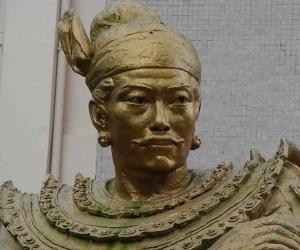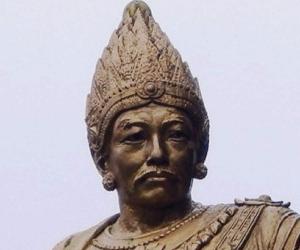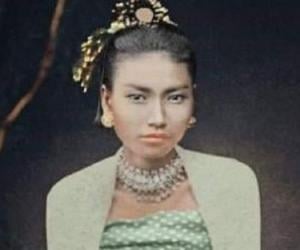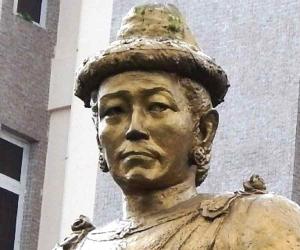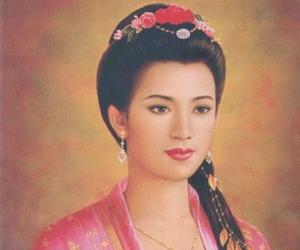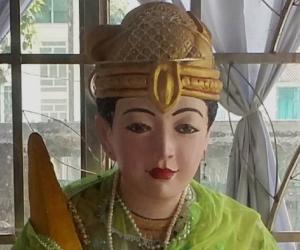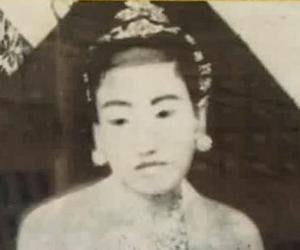1
Thibaw Min
(King)
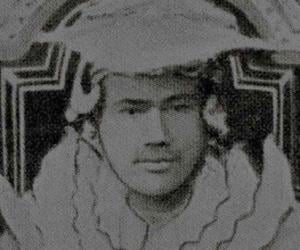
13
3
Birthdate: January 1, 1859
Sun Sign: Capricorn
Birthplace: Mandalay, Myanmar
Died: December 19, 1916
King Thibaw Min was the last monarch of the Konbaung dynasty in Burma. His reign came to an end after the Royal Burmese armed forces were defeated by the British Empire in the Third Anglo-Burmese War, leading to the official annexation of Burma in 1886. Thibaw Min's professional life was marked by his attempts to navigate the changing political landscape and maintain control over his kingdom amidst increasing pressure from colonial powers, ultimately culminating in the loss of his throne and the end of Burmese monarchy.
